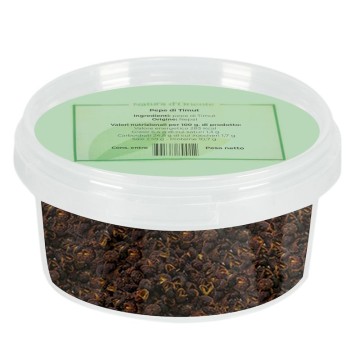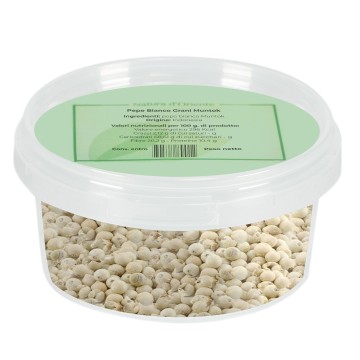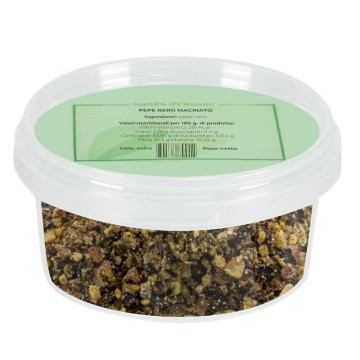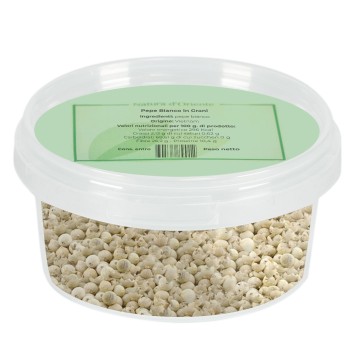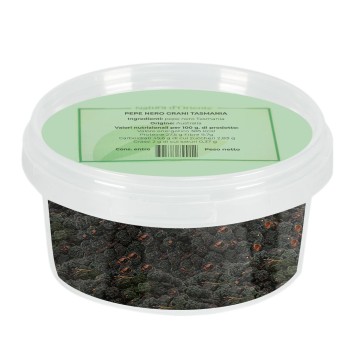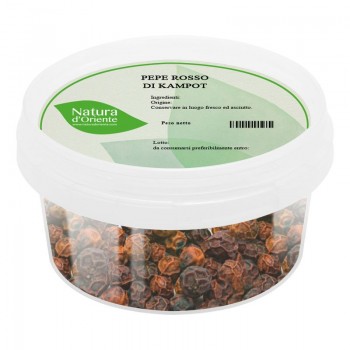Andaliman pepper is a false pepper obtained from a plant closely related to the one from which the most famous Sichuan pepper is obtained. With the more famous relative the spice shares the citrus notes, even more pronounced, but it is more delicate, even the slight sense of numbness that it leaves in the mouth is present but lighter.
The plant from which Andaliman pepper is obtained
The botanical name of the plant is Zanthoxylum acanthopodium (or andaliman), it belongs to the rutaceae family which is the family to which the citrus genus belongs, which includes citrus fruits, so citrus fruits are distant relatives and the citrus notes shouldn't come as a surprise. The genus (genus) is Zanthoxylum, the same to which the plant from which the Sichuan pepper is obtained belongs, with which the relationship is therefore much closer. The plant is an evergreen that can develop into both a shrub and a small tree (up to six meters high) that spreads a lemon scent around it. The fruits are berries gathered in small clusters attached to twigs.
Plant spread and production
The tree is widespread from southern China, north India, Bangladesh to Nepal but most of the production comes from the north of the island of Sumatra (Indonesia). Although the plant can also be cultivated, in reality the cultivation in an organized way is not possible or is extremely difficult and the production of the spice essentially comes from the collection carried out by plants that grow in the wild. The harvest is carried out by local populations manually with traditional methods, the fruit is put to dry on bamboo stoles stretched between the trees of the forest. The drying procedure leads to the loss of a large part of the weight, up to 90%. Given all these aspects, it should come as no surprise that the spice is relatively rare and valuable.
Using Andaliman pepper in the kitchen
We have already anticipated that the taste is similar to that of Sichuan pepper, but it turns out to be more delicate and with citrus notes reminiscent of lime and mandarin more than cedar and bergamot as in the "cousin". On the other hand, Sichuan, alongside the citrus character, maintains a certain pungency, albeit lower than that of black pepper, while in Andaliman pepper the citrus notes are king. The main combination is with fish and seafood, but nothing prevents it from being used to make original meat dishes and salads. It is also used both in the production of liqueurs and mixed with tea and other infusions. If kept in a sealed container, the spice can keep the scent that makes it so special for a very long time.
We have chosen the recipe for a vegetarian first course: Mezze penne with avocado and gorgonzola
Ingredients for 2 people:
- Half penne 140gr
- Spreadable cheese a heaped spoon
- Sweet or spicy Gorgonzola 50 gr
- Half an avocado
- Salt
- Andaliman pepper
Preparation:
1) Combine the gorgonzola spread cheese in a bowl.
2) Mix and mix well, adding a little andaliman pepper.
3) Clean the avocado and make cubes.
4) Boil the pasta in a pan with salted water, drain it, pass it quickly under cold water, but keep some cooking water.
5) Turn the warm dough into the cheeses and mix everything. If the cream cheese is too hard, add 1 or 2 tablespoons of warm cooking water.
6) Combine the avocado cubes being careful, especially if the fruit is very ripe, not to break them, otherwise it will become a mush.
7) Decorate with a few pieces of avocado and a grind of pepper.
8) Serve warm or at room temperature.




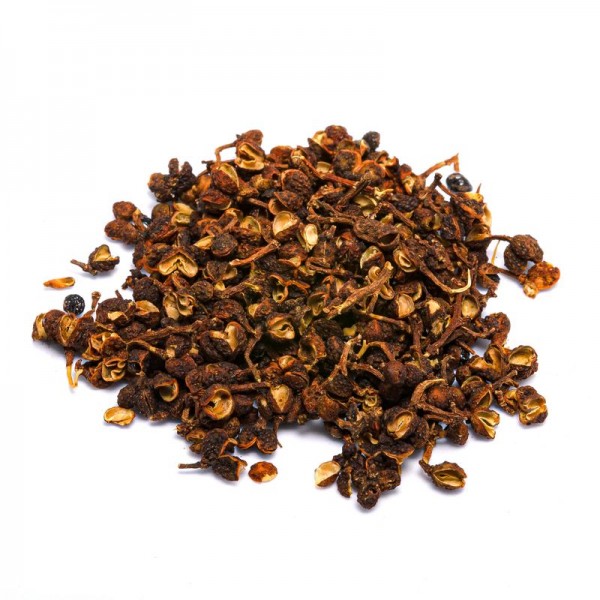




 No reward points for this product.
No reward points for this product.

